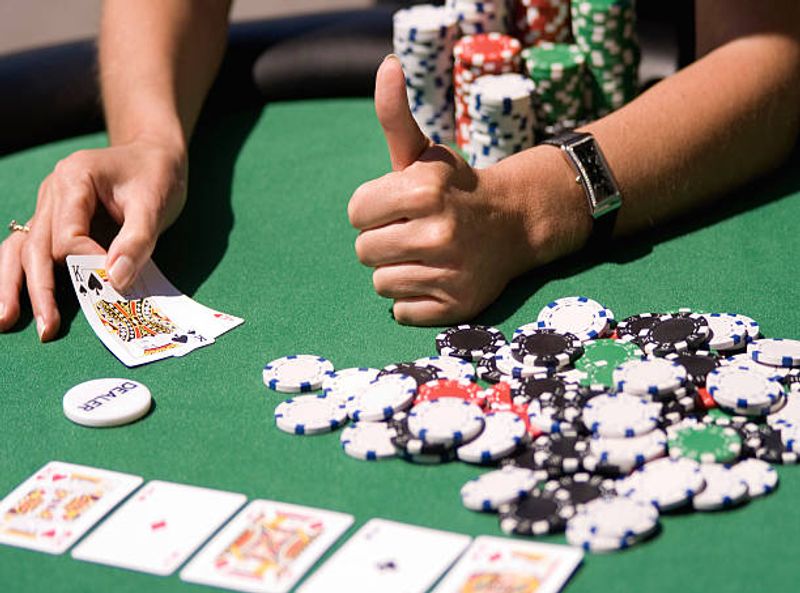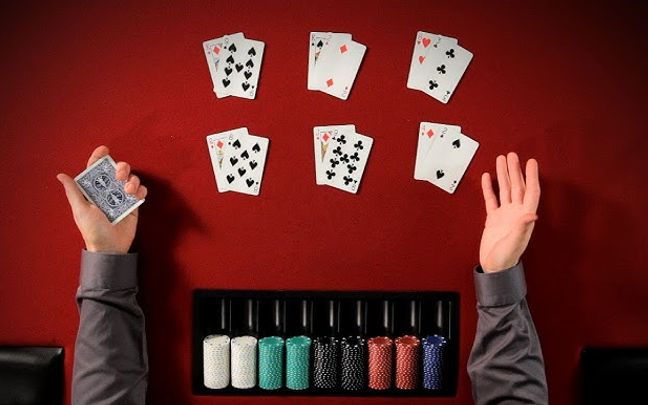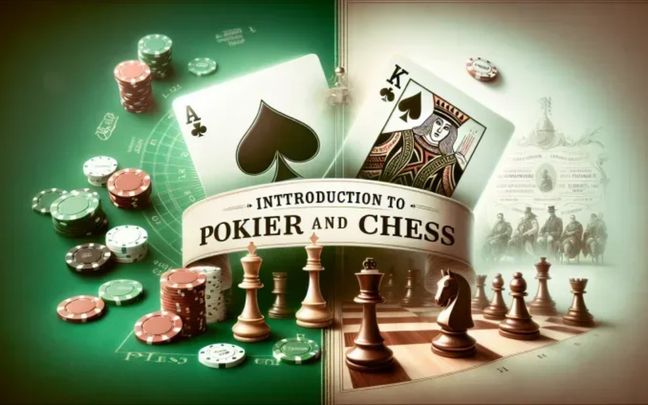In the dramatic and strategic world of poker, "pot stealing" stands out as one of the essential skills that every player needs to master. It is not merely a tactic to win chips without having a strong hand; pot stealing is also an art of applying psychological pressure on opponents, forcing them to make tough decisions.
Successfully stealing pots requires sharp situational awareness, the ability to analyze opponents, and knowing how to leverage your position at the table. This article will delve into the pot stealing strategy in detail, from basic principles to advanced tips, to help you master one of the most powerful tools in poker.

Definition of Pot Stealing in Poker
In poker, "pot stealing" is a strategy used to win the pot without having a strong hand. This action typically occurs when few players are involved in the pot, and you believe you can force your opponents to fold through a strong bet or raise.
Common situations for pot stealing include:
-
Late Position: Pot stealing is often most effective when you are in a late position, where you have the advantage of acting last.
-
Few Players in the Pot: If only one or two players have checked or called, the opportunity to steal the pot is higher.
-
Tight Opponents: Tight players are more likely to fold when faced with a large bet or raise.
When pot stealing in poker, consider the following:
-
Position: Pot stealing is most effective from a late position, where you can observe opponents' actions before deciding.
-
Opponents: Target tight players who are more likely to fold under pressure.
-
Bet Size: Make your bet or raise large enough to apply pressure but not so large that you risk losing too many chips if it fails.
-
Your Image: If you have been playing tight, opponents are more likely to believe you have a strong hand.
-
Situations: Avoid stealing the pot when many players are involved or when the board has a high potential for strong hands.
-
Bluffing Wisely: Use semi-bluffs with hands that have the potential to improve to increase your chances of success.
-
Consistency: Don’t overuse this strategy to avoid your opponents catching on and adjusting their play.
-
Reading Opponents: Pay close attention to your opponents' play to choose the best times to steal the pot.
-
Emotional Control: Stay calm and avoid letting emotions influence your decisions.
-
Flexibility: Be prepared to adjust your strategy based on the specific dynamics of the table and opponents.

Objectives of Pot Stealing in Poker
Pot stealing is a popular and crucial strategy in poker, used to increase your chip stack without needing a strong hand. The primary goals of this strategy include boosting profits, putting pressure on opponents, controlling the table, and improving your image as a player. Here are the specific objectives of pot stealing:
Increase Chips Without a Strong Hand
-
Short-Term Profit: One of the main goals of pot stealing is to gain chips immediately without having a strong hand. When successful, pot stealing steadily increases your chip stack with each hand.
-
Long-Term Viability: In poker tournaments, accumulating chips from smaller pots can help you survive and advance further without relying on waiting for strong hands.
Put Pressure on Opponents
-
Difficult Decisions: Pot stealing creates significant pressure, forcing opponents to make tough decisions, especially when they hold weak or average hands. Many opponents will choose to fold to avoid risk.
-
Disrupt Opponents’ Strategies: Frequent pot stealing requires opponents to adjust their strategies, making them more prone to mistakes.
Control the Table
-
Active Table Presence: When you successfully steal pots, you become an active and unpredictable player. This helps you control the pace of the game and makes it difficult for opponents to anticipate your next move.
-
Build a Strong Image: Continuously stealing pots can build your image as a strong and decisive player, causing opponents to hesitate and be cautious when facing you.
Improve Player Image
-
Psychological Advantage: By regularly stealing pots, you gain a psychological edge over your opponents. They will feel pressure and anxiety each time they face you.
-
Encourage Defensive Play: A player with an aggressive and decisive image will prompt opponents to play more defensively, making them more likely to fold when you raise, even if you don't have a strong hand.
Leverage Position and Read Situations
-
Late Position: Pot stealing is often most effective from a late position, where you have an informational advantage and can make the final decision in the betting round.
-
Read Situations and Opponents: Pot stealing also requires skill in reading situations and opponents. By observing how opponents play, you can identify the best opportunities to steal the pot.

Pot stealing is a versatile and powerful strategy in poker that offers many benefits when used correctly. It not only helps you increase your chip stack but also creates pressure, controls the table, and builds a strong image before your opponents.
However, to succeed, you need to have skills in reading situations and opponents and know when to choose the right moment. This will help you maximize the advantages of pot stealing and improve your overall poker performance.





























